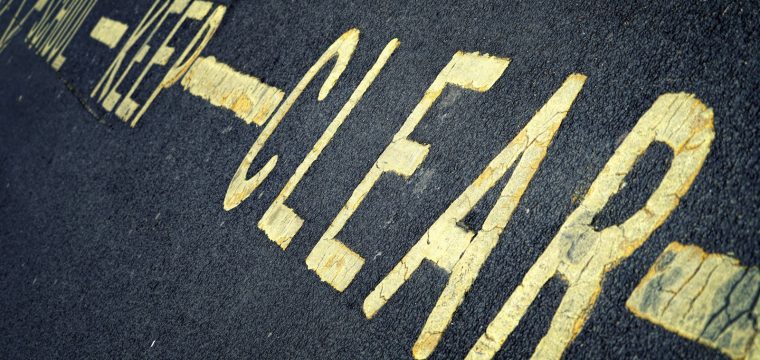Image Source: Pexels
Schools are supposed to be one of the safest places for children. With hundreds of kids concentrated in one place filled with staff who are focused on their education, parents are supposed to feel secure that their children are in good hands. However, the large number of people moving in and out of one place can often pose certain risks.
Whether your child rides the bus, a bike, or walks to school, there are many factors that can influence how safe they are at any given time. This includes whether their school campus is well lit, if there are safe zone markings along the road, as well as low speed limits in case children walk into the street without warning.
Safety in School Zones
Depending on where you live, some seasons can be more dangerous for students than others. During the winter, many areas of the country get dark early in the evening and stay that way until late in the morning. For children who walk to school in the morning, even if it’s only a short distance, this can be the equivalent of walking around late at night. Further, it can be difficult to see pedestrians walking at this time, which can increase chances of an accident.
If this is the case in your town, it may be best to drive your student to school, unless the path to school is short and well lit. If they choose to walk during this time, it can also help to provide them with a flashlight or reflective clothing, which can help light their way and make them more visible to drivers.
While school zones are often surrounded by signs for reduced speeds, sometimes they’re not slow enough. Other times, they go unseen or are simply ignored. If they are not as noticeable as they should be, parents should push school districts for flashing lights that can help people notice the zone they’re in.
Inattentive Driving
If there is a history of accidents around your child’s school, slower speeds and police surveillance should be requested. This is likely to discourage drivers from speeding in these areas. In student pick-up and drop-off locations, one out of three vehicles exhibit dangerous driving practices. This can put countless children at risk.
Sometimes, people speed through school zones simply because they’re not paying attention and don’t notice the signs for reduced speeds. Many people who drive through school zones during school hours are parents or administrators who are coming to or from the school; therefore, it can be helpful to create newsletters or fliers that remind parents and employees to put their phones away while driving, as well as to avoid any other distractions.
Autonomous Cars
Another factor to be aware of is the increase in automated vehicles that are hitting the streets. Although most cars today are not fully automatic, many of them have advanced self-driving features that can make drivers feel comfortable not paying close enough attention to the road. In fact, for every million miles that a self-driving car drives, there are just over 9.1 crashes, which is about seven more crashes per million miles than manual vehicles.
Although self-driving cars are expected to make driving safer when they become fully autonomous and the kinks are all worked out, schools should take precautions until then. At the very least, they should encourage the drivers of autonomous vehicles to be extra careful in school zones, even if they have automatic braking and sensor technology monitoring their surroundings.
Improving City Safety
No matter how safe a school zone is, there are additional risks to students if the surroundings beyond the school are not safe. In these cases, it may be beneficial to have more secure facilities that are difficult to enter without going through various forms of security. Trained police should be on hand and trained to handle high-stress situations without the use of violence. The presence of school officers can also help keep these campuses free of drugs and potential drug-related violence that is more common in rough neighborhoods.
Around the world, many children are unable to attend school due to gun violence, as well as gang- and war-related crimes. However, for these kids, it’s even more important to get an education in order to grow up and help make the changes necessary to make their towns and neighborhoods safe. Most families recognize that an education is crucial to a child’s future; however, dangerous threats near these schools can make it impossible for them to attend.
Schools are a place where students are meant to feel secure. Most times, they successfully accomplish this. However, some schools can lack the funding or attention they need to take extra measures to protect their students. Prioritizing resources can involve requesting that legislators and administrators address these issues. Even when school zones are protected, schools should remind parents and children to be careful in these areas to help foster a safe zone for everyone.

Leave a Reply
You must be logged in to post a comment.